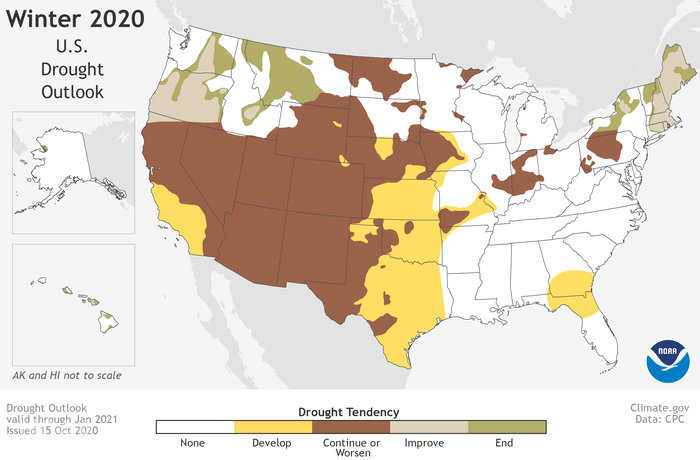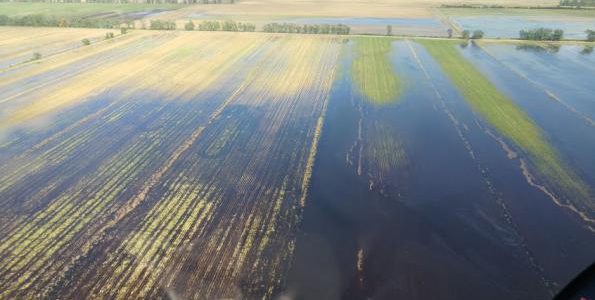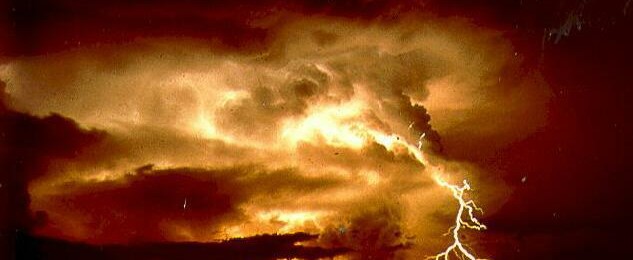October 2020
-

Modern life on earth depends on the presence of oxygen in the atmosphere. Now it is about 21 percent of the atmosphere, following nitrogen, which is the most plentiful gas. But there was a time in earth’s history when there was very little oxygen in the atmosphere. How did we get the current oxygen-rich atmosphere…
-

While those of us in the Southeast have experienced plenty of rain this year, large parts of the country have been fighting drought and heat. This has caused plenty of problems for farmers in the middle of the country, and they are worried that the effects of La Nina this winter may cause even more…
-

According to a story posted in Southeast Farm Press, Alabama’s late-planted cotton has done better than earlier-planted varieties this year. The earlier crops were hit hard by the wet and windy conditions from tropical storms this year and lost quality and yield because of the adverse conditions. The later crop has benefited from the more…
-

Outside magazine had an excellent article this month on surviving extreme weather when you are outside, whether hiking, boating, or just going about your normal business. They cover tornadoes, lightning and thunderstorms, dust storms, blizzards, and flash floods. So if you have plans to go camping, hiking, or other outdoor activities this fall and winter,…
-

Do you wonder why Hurricane Michael intensified so much just before it made landfall in 2018? A new study by NASA scientists looks at this question. The new study, published in Nature Communications, identifies pre-storm conditions that can contribute to this rapid intensification – an important step in improving the ability to forecast it. The study…
-

The latest named storm formed today in the subtropical Atlantic Ocean. It is named Epsilon, only the second time this name has been used. It is about a month earlier than the previous Epsilon formed in 2005. Remember that the Atlantic tropical season officially goes until November 30. Epsilon is predicted to become a hurricane…
-

I have gotten a few questions about whether or not any of the smoke from all the wildfires in the West is reaching the Southeast. Here is a useful site that tells you where the smoke is. The site is at https://fire.airnow.gov/. I saw a little smoke on the morning map but there is nothing…
Posted in: Sources of weather and climate data